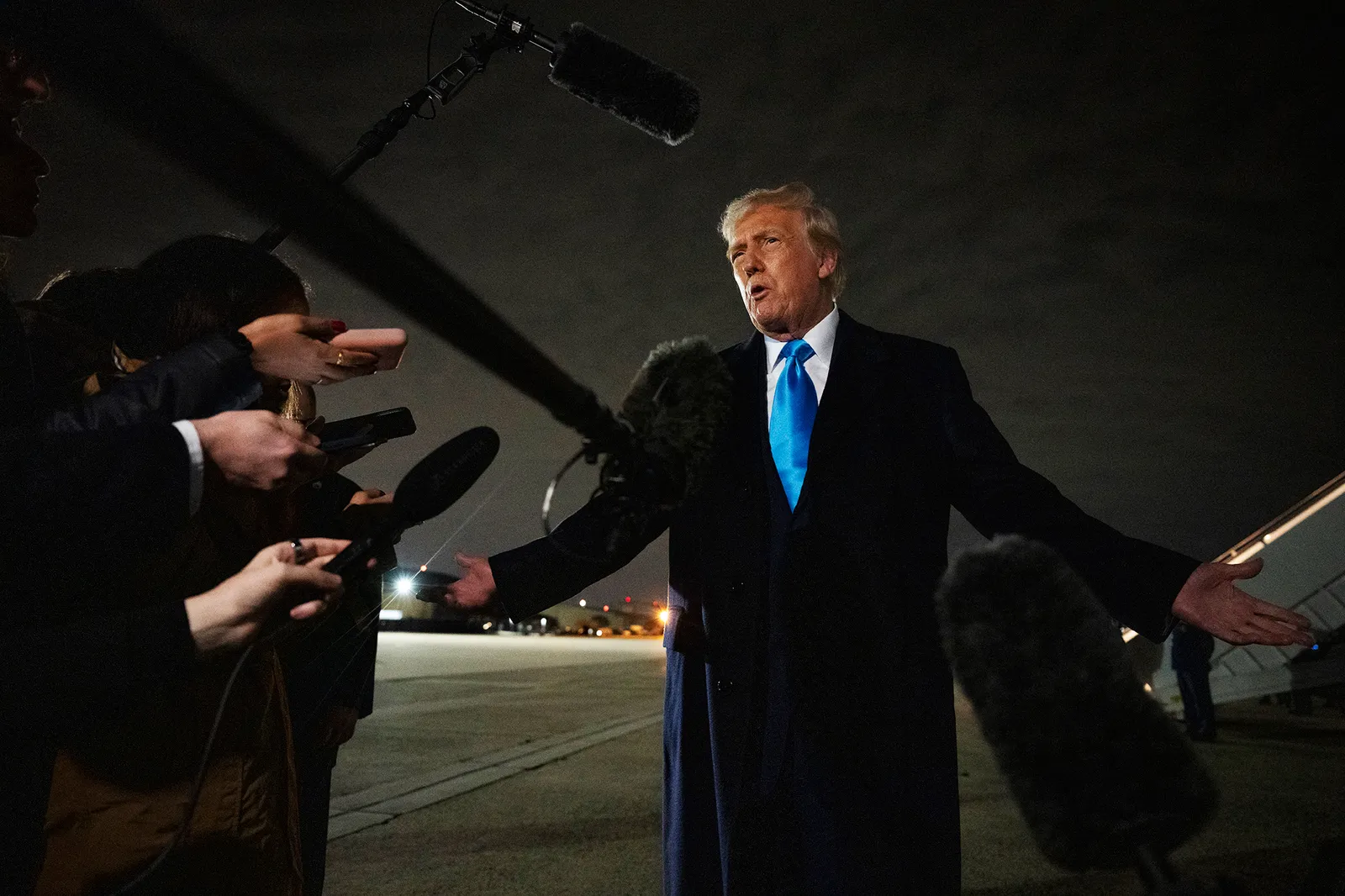In the wake of the 2024 presidential election, a comprehensive and controversial plan known as Project 2025 has begun to materialize, significantly influencing the direction of the U.S. federal government. Spearheaded by the Heritage Foundation, this initiative outlines a sweeping reorganization of federal agencies, policies, and personnel, aiming to consolidate executive power and implement a conservative agenda across various facets of American life.
Understanding Project 2025
Origins and Objectives
Project 2025 is rooted in the Heritage Foundation’s “Mandate for Leadership: The Conservative Promise,” a 922-page policy guide published in April 2023. This document serves as a strategic blueprint for a conservative administration, detailing specific reforms and proposals for Cabinet departments and federal agencies. The project’s primary goal is to dismantle what its proponents view as an unaccountable administrative state, returning power to the states and the American people.
Key Components
The “Mandate for Leadership” encompasses recommendations across all aspects of the federal government, including:
- Personnel Changes: Establishing a database for aspiring administration officials to streamline presidential hiring.
- Policy Reforms: Rolling back protections for LGBTQ+ individuals, curbing abortion rights, and banning pornography.
- Budgetary Control: Reviving the practice of “impounding” funds, allowing the president to refuse spending money appropriated by Congress for programs he opposes.
Implementation Under the Trump Administration
Executive Actions Aligning with Project 2025
Despite publicly distancing himself from Project 2025 during the campaign trail, President Donald Trump’s actions in office have closely mirrored the project’s proposals. A CNN analysis found that out of 53 executive actions and orders analyzed, 36 evoke proposals outlined in Project 2025, particularly concerning immigration, energy, and diversity, equity, and inclusion (DEI) efforts.
Federal Spending Freeze
In January 2025, the Office of Management and Budget (OMB) issued a memorandum directing federal agencies to temporarily pause grant, loan, or federal financial assistance programs implicated by the President’s Executive Orders. This unprecedented move aimed to ensure that all federal obligations and disbursements complied with the new administration’s policies. However, the memo was rescinded shortly after, following legal challenges and widespread criticism.
Workforce Restructuring: “Fork in the Road”
A significant aspect of Project 2025 involves reshaping the federal workforce. In January 2025, the Office of Personnel Management (OPM) sent an email to federal employees titled “Fork in the Road,” offering them the option to resign in exchange for continued pay until September 30, 2025. This initiative aimed to reduce the size of the federal workforce and replace nonpartisan employees with political supporters aligned with the administration’s agenda.
Impact on Federal Agencies and Employees
Department of Veterans Affairs (VA)
The VA has faced significant morale issues due to proposed staffing cuts under Secretary Douglas A. Collins. Plans to reduce the workforce by approximately 15%—about 83,000 positions—have led to anxiety and early retirements among employees. Critics warn that these cuts could harm veterans’ access to essential services.
Mental Health Crisis Among Federal Workers
The aggressive restructuring efforts have led to a mental health crisis among federal employees. Reports indicate that over 130,000 workers have been pushed out through firings and buyouts, with some experiencing severe stress, depression, and even suicide. The administration’s approach has been criticized for intentionally demoralizing the workforce to inspire resignations.
Legal Challenges and Judicial Interventions
The Trump administration’s actions have faced legal pushback. A U.S. federal judge extended an order blocking plans to lay off tens of thousands of federal employees across 22 agencies, citing violations of Congressional mandates. This ruling underscores concerns about the administration’s overreach and the importance of checks on executive power.
The Role of the Department of Government Efficiency (DOGE)
The Department of Government Efficiency (DOGE), initially led by Elon Musk, has played a pivotal role in implementing Project 2025’s strategies. Despite Musk’s supposed withdrawal, DOGE continues to operate, utilizing AI tools like Meta’s Llama 2 to analyze federal workers’ responses to the “Fork in the Road” email. These actions have raised significant privacy concerns and highlight the administration’s focus on data-driven personnel decisions.
Public and Political Response
Project 2025 has faced criticism from various quarters, including bipartisan lawmakers, veterans’ groups, and civil rights organizations. Concerns revolve around the potential erosion of civil liberties, the undermining of democratic institutions, and the negative impact on public services. Despite these criticisms, the administration continues to pursue its agenda, emphasizing the need for a streamlined and efficient government.
Conclusion
Project 2025 represents a significant shift in American governance, aiming to consolidate executive power and implement a conservative policy agenda across federal agencies. While proponents argue for the necessity of reducing bureaucratic inefficiencies, critics warn of the potential dangers to democratic norms and public services. As the administration continues to implement these changes, the nation watches closely, aware of the profound implications for the future of its democratic institutions.






